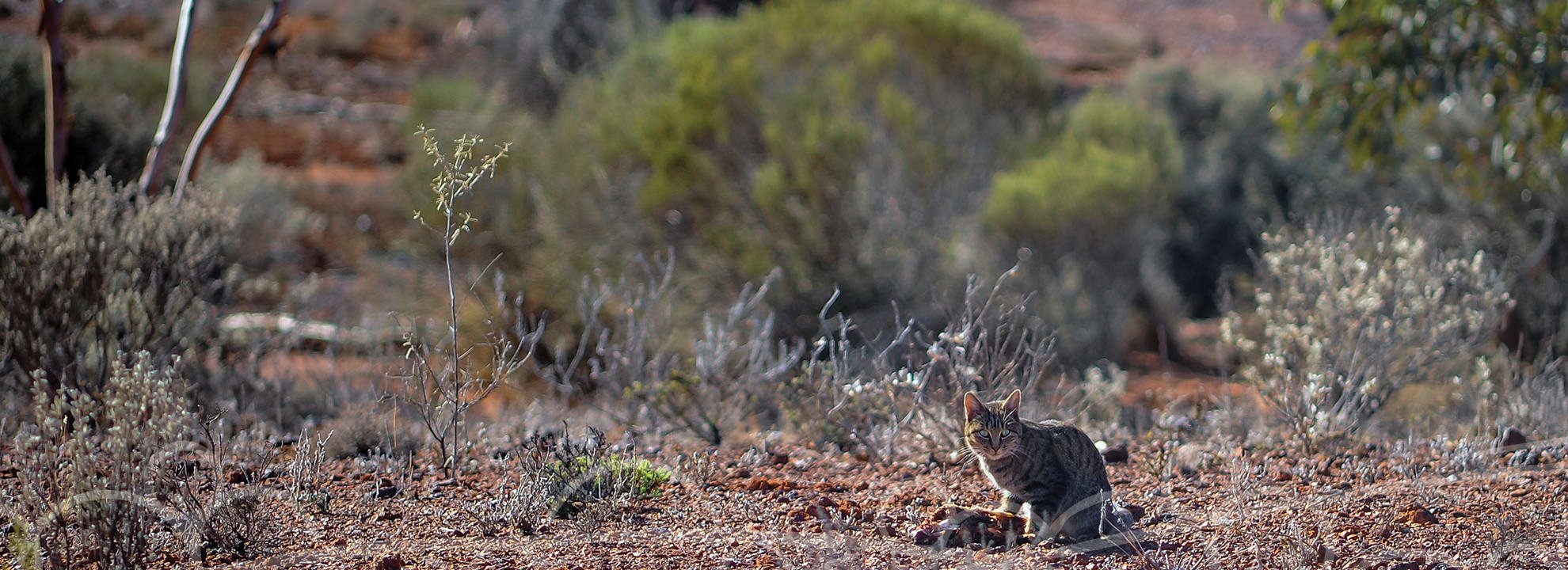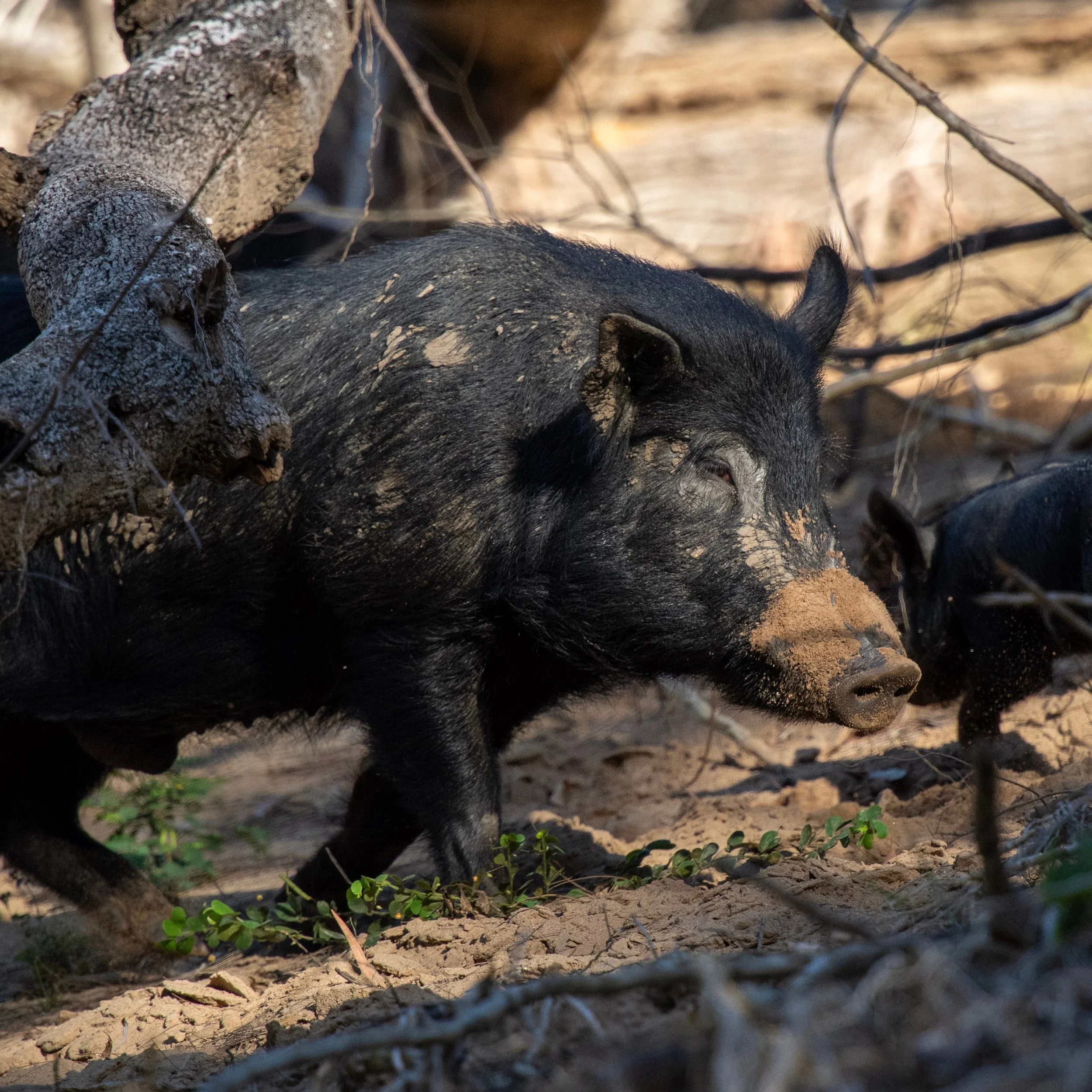
PEst animals
Pest Animals - How do they impact you?
Wild dogs, feral pigs and foxes kill and injure livestock including sheep, goats and cattle, lead to reduced production through stress to livestock , create economic loss
through downgraded offal due to disease, lead to a reduced enterprise opportunities e.g. unable to run sheep and more.
Indian Myna Project
Indian Myna's were first introduced into Australia in the 1860s in an attempt to control insects in Melbourne market gardens. They have become a huge problem where they have been able to effectively adapt to a range of conditions and exploit a wide variety of food types.
Feral Cats
Feral Cats are silent, voracious predators of native animals, small livestock and domestic pets.
They hunt mostly at night, hiding in rabbit warrens, rock dens, tree hollows and farm sheds during the day.
Feral Pigs
Feral pigs cost Australian agriculture more than $100 million each year 3 , destroying crops and pasture, spreading weeds and disease, preying on livestock and damaging infrastructure.
Feral pigs may aid the transmission of exotic diseases, including African swine fever and foot and mouth disease, endemic and zoonotic diseases including leptospirosis, brucellosis, as well as spread weeds and plant diseases.
Wild Dogs and Foxes Neospora Caninum Impacts on Cattle Producers
Neospora caninum is a protozoan parasite that causes abortions and neonatal abnormalities in cattle. Wild dogs and dingoes are also known to be definitive hosts and research strongly suggests the European Fox is as well.
Foxes on Trial - Integrated Fox Management PDF
No single tool or application can control foxes. The management of fox damage in agricultural areas has largely relied on sporadic control measures at the local level, providing at most short-term production protection. These isolated efforts fail to understand the nature of the pest or the problem.
Foxes on Trial - Recent Fox Research Results
The timing of an annual baiting campaign has major effects on fox density. If no control is imposed on the modelled fox population the density remains steady between years whilst in any one year there is a spike in the breeding season followed by a slow decline until the next breeding season.
Foxes on Trial - Fox Biology and Behaviour
The red fox (Vulpes vulpes) is the most common and widespread member of its genus. Introduced to Australia in the late 1800s for sport and recreation, now distributed across all of the mainland (except for the tropical north), it was recently reported in Tasmania.






